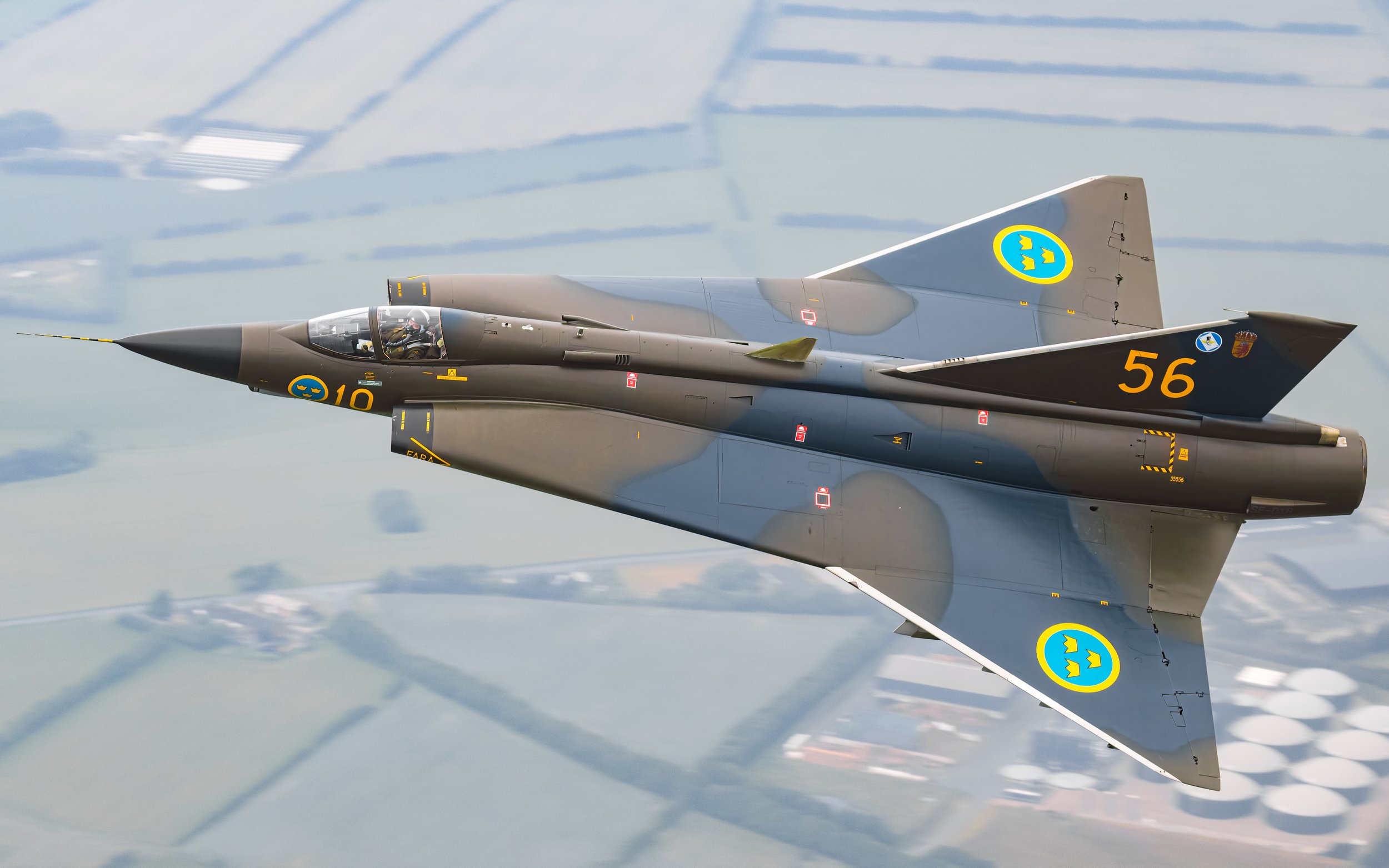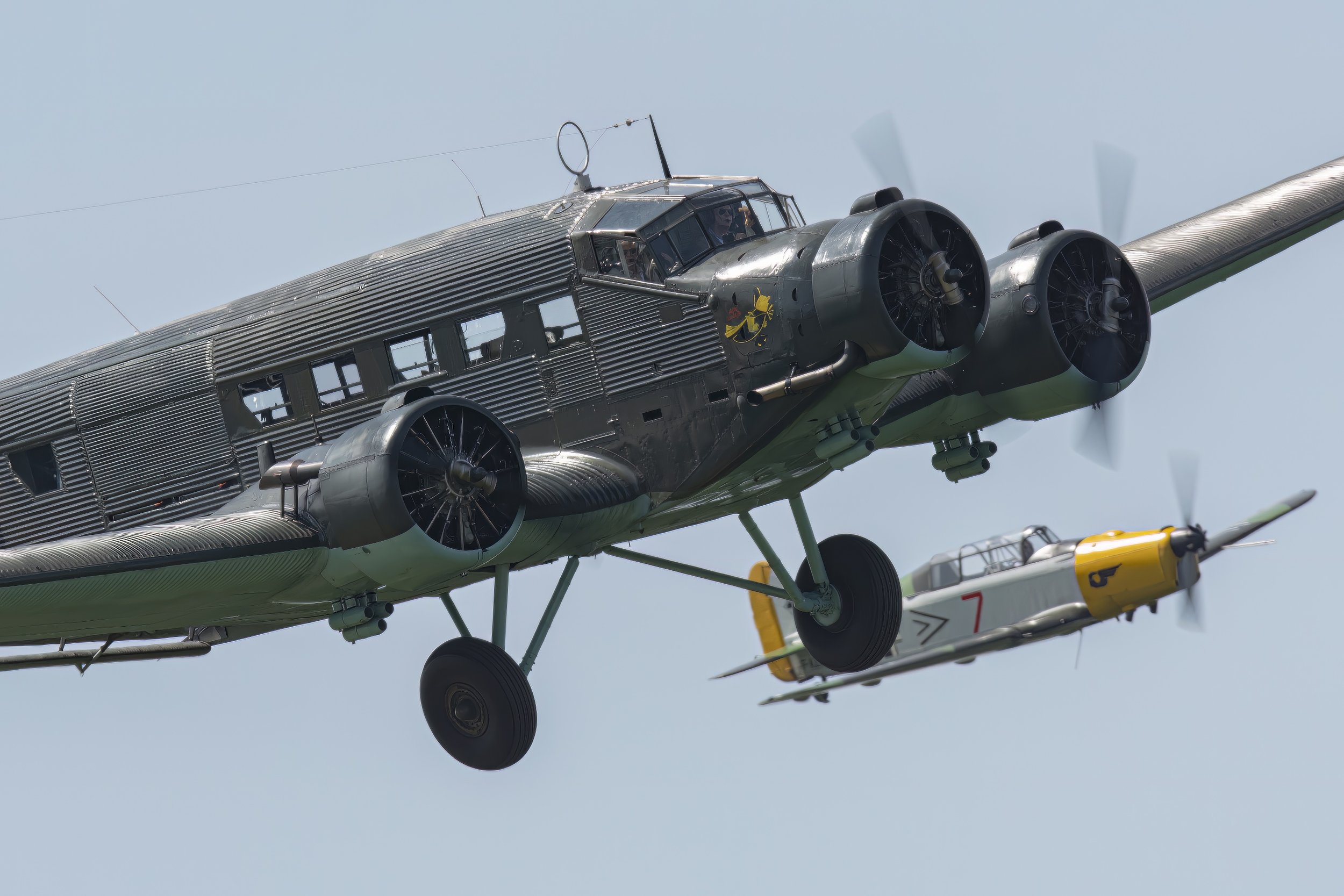Shturmovik RA-2783G
Year built
1942
Aircraft
Ilyushin Il-2
Base
Zhukovsky International Airport
Ilyushin Il-2 Shturmovik
The Ilyushin Il-2 Shturmovik was a ground-attack aircraft produced by the Soviet Union in large numbers during the Second World War. The Il-2 was never given an official name and 'shturmovik' is the generic Russian word meaning ground attack aircraft. The word also appears in Western sources as Stormovik and Sturmovik, neither of which give correct pronunciation in English.
During the war, 36,183 units of the Il-2 were produced, and in combination with its successor, the Ilyushin Il-10, a total of 42,330 were built, making it the single most produced military aircraft design in aviation history, as well as one of the most produced, piloted aircraft in history along with the American postwar civilian Cessna 172 and the Soviet Union's own then-contemporary Polikarpov Po-2 Kukuruznik multipurpose biplane.
To Il-2 pilots, the aircraft was simply the diminutive "Ilyusha". To the soldiers on the ground, it was the "Hunchback", the "Flying Tank" or the "Flying Infantryman". Its postwar NATO reporting name was "Bark". The Il-2 aircraft played a crucial role on the Eastern Front. When factories fell behind on deliveries, Joseph Stalin told the factory managers that the Il-2s were "as essential to the Red Army as air and bread."
The idea for a Soviet armoured ground-attack aircraft dates to the early 1930s, when Dmitry Pavlovich Grigorovich designed TSh-1 and TSh-2 armoured biplanes. However, Soviet engines at the time lacked the power needed to provide the heavy aircraft with good performance. The Il-2 was designed by Sergey Ilyushin and his team at the Central Design Bureau in 1938. TsKB-55 was a two-seat aircraft with an armoured shell weighing 700 kg (1,500 lb), protecting crew, engine, radiators, and the fuel tank. Standing loaded, the Ilyushin weighed more than 4,700 kg (10,400 lb), making the armoured shell about 15% of the aircraft's gross weight. Uniquely for a World War II attack aircraft, and similarly to the forward fuselage design of the World War I-era Imperial German Junkers J.I armoured, all-metal biplane, the Il-2's armour was designed as a load-bearing part of the Ilyushin's monocoque structure, thus saving considerable weight. The prototype TsKB-55, which first flew on 2 October 1939, won the government competition against the Sukhoi Su-6 and received the VVS designation BSh-2 (the BSh stood for "Bronirovani Shturmovik" or armoured ground attack). The prototypes – TsKB-55 and TskB-57 – were built at Moscow plant #39, at that time the Ilyushin design bureau's base.
The BSh-2 was overweight and underpowered, with the original Mikulin AM-35 1,022 kW (1,371 hp) engine designed to give its greatest power outputs at high altitudes. Because of this, it was redesigned as the TsKB-57, a lighter single-seat design, with the more powerful 1,254 kW (1,682 hp) Mikulin AM-38 engine, a development of the AM-35 optimised for low-level operation. The TsKB-57 first flew on 12 October 1940. The production aircraft passed State Acceptance Trials in March 1941 and was redesignated Il-2 in April. Deliveries to operational units commenced in May 1941.
The 23 mm (0.91 in) armament of Il-2 was subject to competition. One of the first 1940 photographs of the Il-2 show it equipped with two MP-6 23 mm autocannons developed by Yakov Taubin at OKB-16. The MP-6 gun weighed 70 kg (150 lb) and developed an initial muzzle velocity of 900 m/s (3,000 ft/s). It operated on the short recoil principle and had a rate of fire of about 600 rpm. Factory trials of the MP-6 gun on the Il-2 were conducted in August 1940. In the early Il-2 prototypes, these guns were fed by 81-round clips. In-flight, these clips sometimes became dislodged because of their large surface, which caused them to experience significant aerodynamic pressure. Competitive tests were conducted in the spring of 1941 between the MP-6 gun modified to belt-fed and the newly developed, gas-operated Volkov-Yartsev VYa-23, which had otherwise rather similar characteristics. The VYa-23 was declared the winner at this trial. Subsequently, in May 1941, the development of the MP-6 gun was terminated and Taubin was arrested and summarily executed in October that year.
The Il-2 is a single-engine, propeller-driven, low-wing monoplane of mixed construction with a crew of two (one in early versions), specially designed for assault operations. Its most notable feature was the inclusion of armour in an airframe load-bearing scheme. Armour plates replaced the frame and panelling throughout the nacelle and middle part of the fuselage, and an armoured hull made of riveted homogeneous armour steel AB-1 (AB-2) secured the aircraft's engine, cockpit, water and oil radiators, and fuel tanks.
In early 1941, the Il-2 was ordered into production at four factories and was eventually produced in greater numbers than any other military aircraft in aviation history, but by the time Nazi Germany invaded the Soviet Union on 22 June 1941, only State Aviation Factory 18 at Voronezh and Factory 381 at Leningrad had commenced production, with 249 having been built by the time of the German attack.
Production early in the war was slow because after the German invasion the aircraft factories near Moscow and other major cities in western Russia had to be moved east of the Ural Mountains. Ilyushin and his engineers had time to reconsider production methods, and two months after the move Il-2s were again being produced.
| Back to Top |



| Back to Top |

































